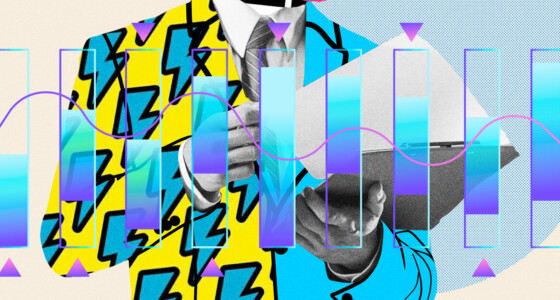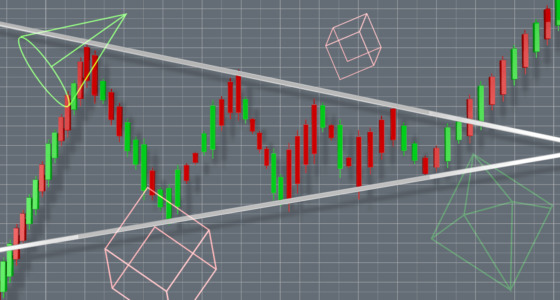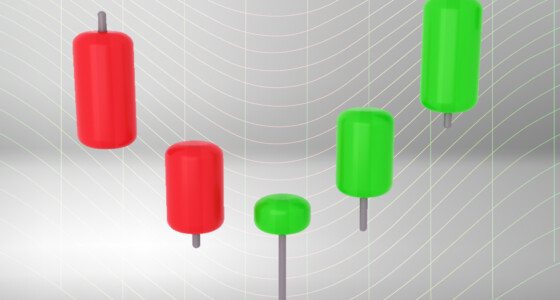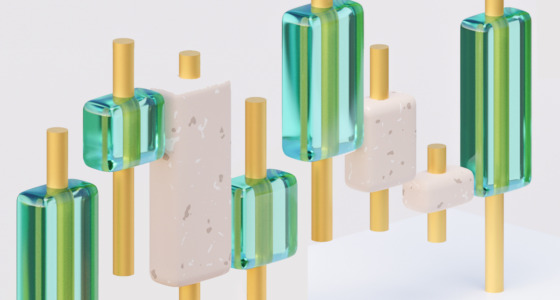

Candlestick is the most popular chart type due to the large amount of information it provides. However, this information is mainly given by the candlestick’s shadow, not by its body. All candlestick patterns are based on the existence and length of the wicks. Keep reading to discover what signals you can catch from the wicks.
It’s commonly known that the candlestick chart was developed in the 18th century by a Japanese rice trader, Munehisa Homma. However, Steve Nison, who opened this chart type to the Western world, doubts this fact. He believes the chart was created in the late 1800s.
What is the shadow of a candlestick?
The shadow of a candlestick refers to a chart’s lower and upper lines. Basically, the shadows represent an asset’s lowest and highest prices in a chart. When the shadow is lower, it indicates the lowest point. Meanwhile, when we see an upper shadow, it indicates the highest point.
Market conditions can influence the length of the shadow and it can be short or long. Generally, shadows remain short when the market is low-volatile. Short candlestick shadows represent prices without significant volatility during a certain period. On the other hand, long lower and upper shadows show the great volatility applied for a certain period.
Types of candlesticks by shadow
There are various types of candlesticks by shadow and if you want to get into the trading world, then you must be able to recognize them so that you know what action to take accordingly. Here are the main types of candlestick shadows:
· Long-Legged Doji – In this pattern, the asset has a very long lower shadow and a very small upper shadow and body.
· Gravestone Doji – This is where you have a financial asset with a long upper shadow and an extremely small body. In most cases, this points to a reversal.
· Standard Doji – Standard Doji involves a very small body and long lower and upper shadows.
· Dragonfly Doji – In this pattern, the price of the asset has a very long lower shadow and a very small body.
Strategies for trading candlestick shadows
During your trading endeavors, you can use different strategies to take advantage of candlestick shadows as they appear all the time for an asset.
For example, the hanging man candlestick pattern is a very popular strategy. Basically, this one involves a small body and a long lower shadow. This pattern shows that there is a reversal. This means that whenever this pattern takes place, the upper body can have a buy-stop set above it.
On the other hand, when you have an asset with a long lower and upper shadow, you can use pending orders. This is a very used strategy by traders, and it can be a very profitable one as well.
Let’s say that you place a sell-stop at $45,650 and a buy-stop at $46,577. Based on the way the breakout happens, a trade will be triggered. Short-sellers can gain a lot when the sell-stop patterns are triggered.

Candlestick shadow: meaning
A shadow (or wick) is a thick line above and below a candlestick’s body. It reflects the price fluctuations—that is, how far the price moved from its open and close values within a certain period (timeframe). An upper shadow reflects the highest value, while the lower shadow stands for the lowest rate.
Candlestick shadow: appearance
Below, you can see standard bullish and bearish candlesticks with high, low, open, and close prices. Although open and close prices change depending on the strength of bulls (buyers) and bears (sellers), the highest value will always be on the top, while the lowest will always be on the bottom.
If the market sentiment is negative, the close price will be below the open one. The candlestick’s color will be black or red. When the market sentiment is positive, the close price will be above the open. The candle most likely will be colored white or green.
Candlestick shadow: analysis
The candle’s body reflects the strength of market participants. However, the most necessary signals are provided by wicks.
No shadows
There are candles without shadows. The close or open prices are the same as the low or high ones. Candlesticks without shadows are considered the most solid sign of the strength of buyers or sellers. If there is no upper shadow, and the lower shadow is long, it’s a signal that bears didn’t have enough force to pull the rate. Thus, the price is supposed to increase further. If there is no lower shadow, but the upper shadow is long, it’s a sign that bulls were too weak to push the price. Therefore, traders can anticipate that the value of the asset will keep falling.
The color of the candlestick isn’t very essential. Also, there can be a very small shadow, but it will have the same meaning as a lack of shadow.
The most popular candles with no wicks are the hammer, inverted hammer, hanging man, shooting star, and four-price doji. The four-price doji is a unique candlestick, as high, low, open, and close prices are equal. It reflects the lack of interest from both buyers and sellers.
Long shadows
Shadows show how far the price goes from its open and close values. The longer the shadow is, the more volatile the market is. Long wicks mostly form during economic data releases and political events, including elections and wars. This means that market participants can’t determine the fair value of an asset.
A long-upper-shadow candlestick shows that the bulls tried to push the asset’s value but failed. A long-lower-shadow candlestick reflects that the bears were unable to pull the asset’s value, but the market sentiment was positive enough to prevent the fall. The length of the candle’s body isn’t important.
There are no certain types of candles with long shadows. Any candle may have an enormous wick.
Long shadows and small bodies
Candlesticks of this type also have long wicks, but small bodies are their unique features. When both wicks are long, but the body is short, it’s a signal of enormous volatility and a lack of certainty in the future price direction. Such candles reflect that neither bulls nor bears could take control over the market. Therefore, the price may take any direction. When such candlesticks form, traders shouldn’t take action but should rather wait for clarity on the market.
The most popular candles with long shadows and small bodies are the doji star, long-legged doji, and spinning tops. Long-legged doji and spinning tops are quite similar, but spinning tops have a larger body.
Wrapping up
Candlestick signals mainly depend on their shadows’ lengths. The signals are quite simple—long shadows mostly stand for uncertainties and weaknesses of market participants, which may lead to a price reversal. The lack of either shadow reflects the strength of bulls or bears. Every trader should remember that there is no perfect technical tool. Therefore, it’s vital to confirm candlestick signals with indicators that provide similar signals.









